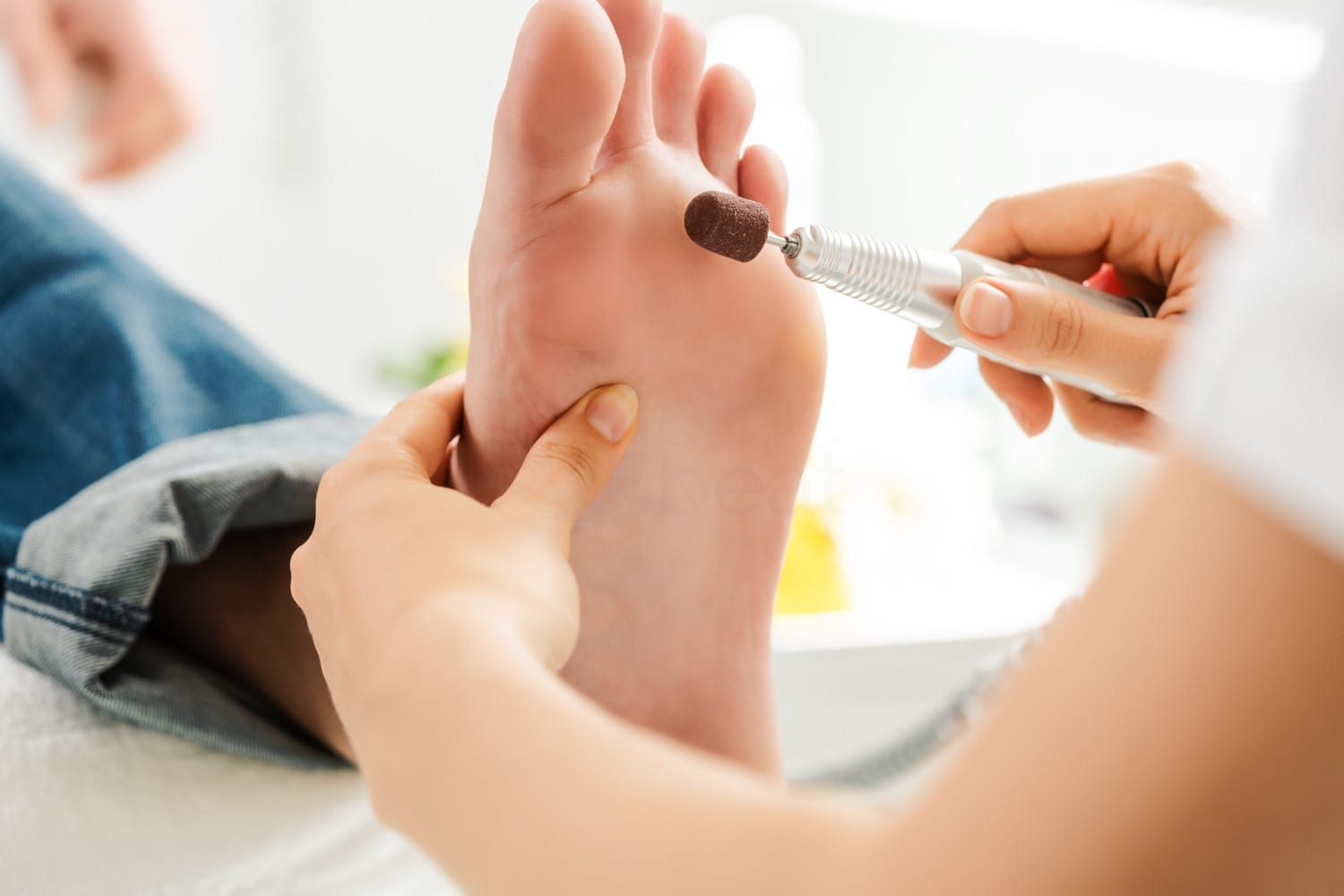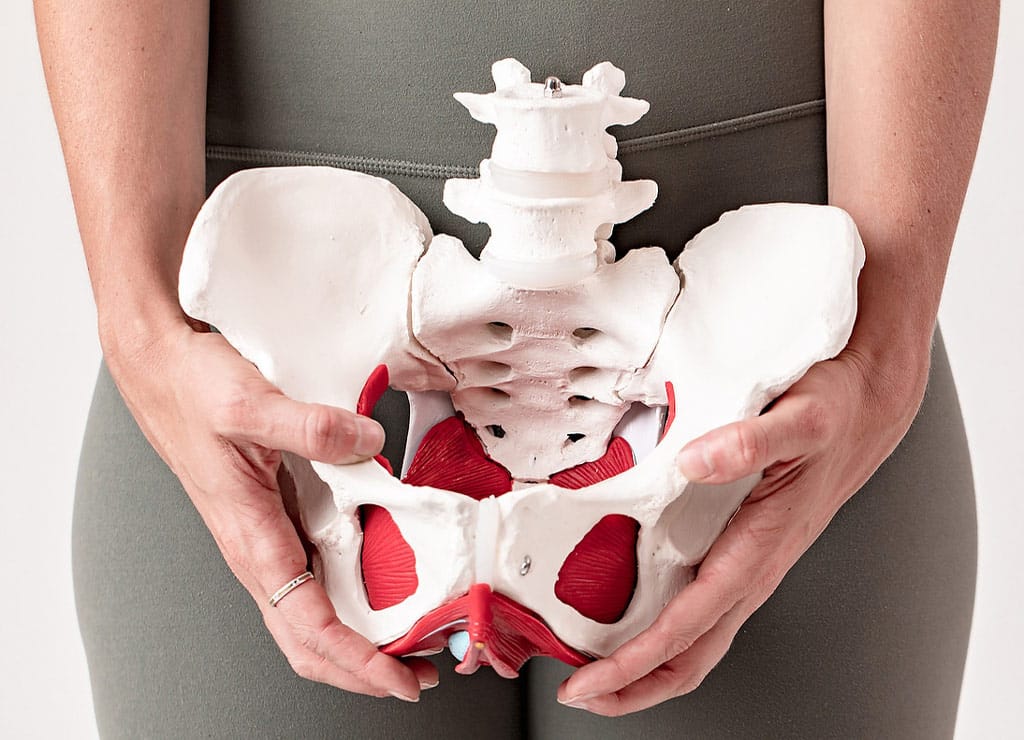A physiotherapist can play a huge role in your health and well-being, but there are myths and misconceptions that have arisen over the years as to how physiotherapy actually works.
MYTH 1 – PHYSIO HURTS!
In the past, “no pain, no gain” was the mantra of many a health professional. However, our job is to relieve pain and discomfort, so it’s in our best interest to keep you as comfortable as possible. Certain techniques may provide some discomfort, but no technique should be painful.
MYTH 2 – PHYSIO IS ONLY FOR WHEN I’M IN PAIN
Physiotherapy can help with the rehabilitation of injuries but reducing your pain is only one part of this process. In some cases, your injury is not actually coming from where it is sore and is a result of a fault in the way you move or a posture you have adopted.
This is something physiotherapy can address. This may involve improving poor joint mobility and muscle flexibility, biomechanical issues (how the forces move through your body) or improving your muscle control or strength. Improving these areas will not only prevent injuries from re-occurring (or even occurring in the first place), but will also help you feel better by allowing you to do more of whatever it is you want to do – so you don’t need to be in pain, see a physiotherapist if you want to be move and feel better.
MYTH 3 – PHYSIO IS ONLY FOR MUSCULAR INJURIES
Physiotherapy is not simply massage and heat packs. Sure, we’re great for helping with muscular strains and sprains, but there is so much more;
- Joint stiffness and arthritic joints
- Nerve problems
- Disc pathologies
- Tendon pain
- Foot problems and ‘flat-feet’
- Casting for broken bones
- Headaches and migraines
- Jaw pain
- Vertigo
- Neurological issues, balance problems and coordination and stroke rehab
- Before and after surgery – hip & knee replacements, knee & shoulder reconstructions
- Respiratory rehabilitation
MYTH 4 – MY PHYSIO IS GOING TO GIVE ME A WHOLE BUNCH OF EXERCISES
Giving you 15 exercises to do is a guaranteed way of making sure that you’re not going to do any of them. What we prescribed here at Toronto Health will be one or two of the easiest and the most effective exercises for your problem. These exercises are functional and can be easily performed in your daily routine.
MYTH 5 – I NEED SCANS BEFORE I SEE A PHYSIO
While scans can be useful, a physiotherapist is trained in evaluating and diagnosing injuries without the help of scans. The sooner you begin the rehabilitation process, the sooner you can start to feel better.
If an injury does need the help of a scan to diagnose, a physiotherapist can organise an investigation or work with your GP/specialist to organise the most appropriate scans for your condition to ensure you get the right outcome.
MYTH 6 – I JUST NEED A COUPLE OF EXERCISES TO GET ME GOING
One or two exercises at a time is manageable, however sticking to just those probably won’t be enough to reverse the issues that are causing your pain. At Toronto Health we will form a clear pathway from the beginning of your rehabilitation to when your pain free, closely monitoring and progressing your exercises to ensure that you are on the right track. An exercise may be effective in the short term but then as you progress so will your exercises to match your progress and challenge you. An exercise may even become detrimental to your injury and need to be changed – these are things a trained professional is able to stay on top of and help








